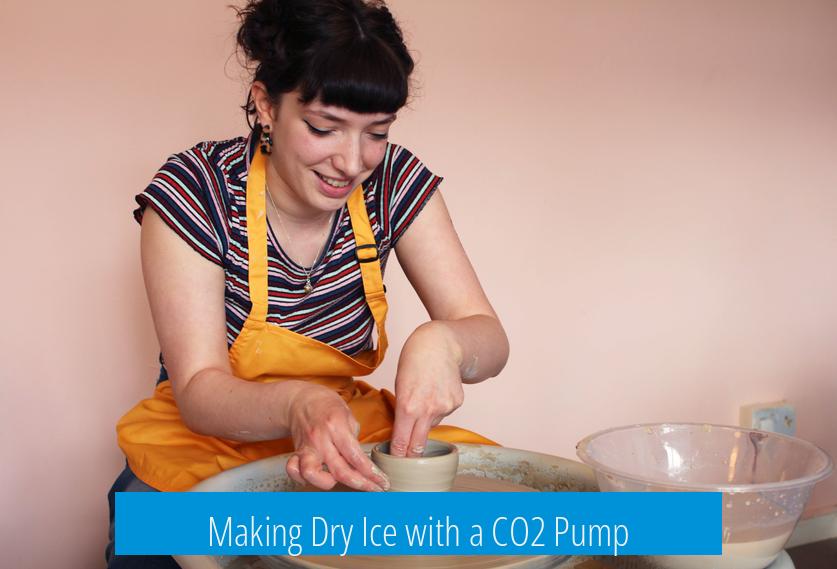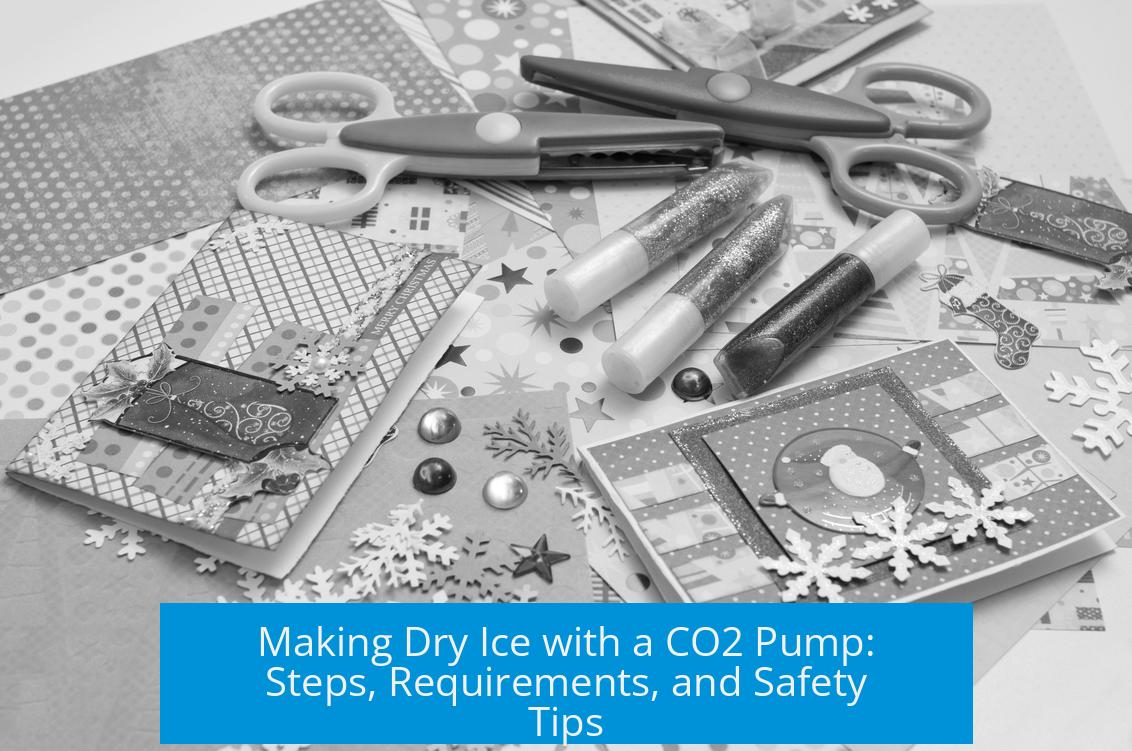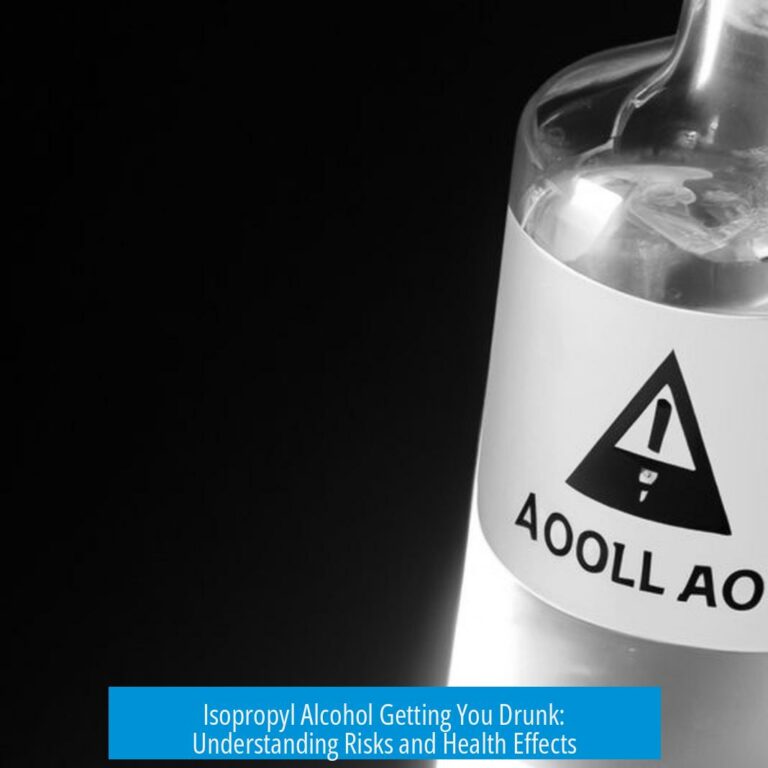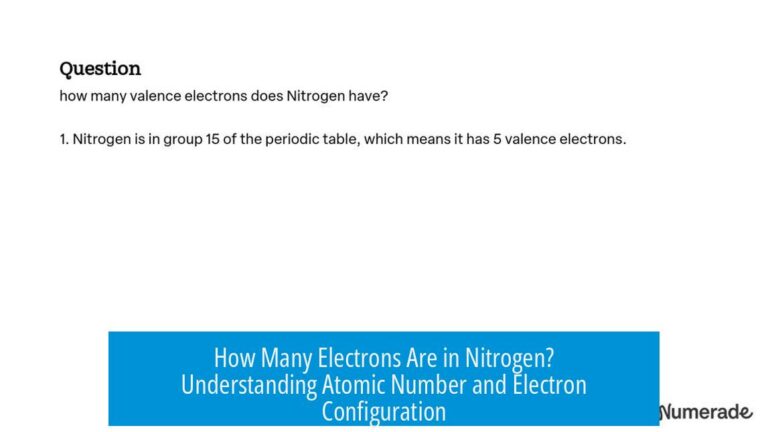Making Dry Ice with a CO2 Pump

Making dry ice using a CO2 pump is generally ineffective because CO2 pumps are not designed to produce dry ice. Instead, dry ice forms when high-pressure CO2 gas expands rapidly, cooling enough to solidify. The recommended method is to release CO2 from a high-pressure tank into an insulated bag, where the extreme cold of the expanding gas forms dry ice chunks.
CO2 Source Requirements
Producing dry ice requires a high-pressure CO2 tank. This tank stores carbon dioxide under pressures sufficient to allow gas to expand and cool rapidly when released. Reliable sources include welding supply stores, hardware stores, or fire departments. Renting or refilling CO2 tanks can cost between $80 and $200 annually, depending on volume. Some grocery stores sell dry ice commercially, but homemade production needs a CO2 cylinder.
Limitations of a CO2 Pump
CO2 pumps are usually simple compressors designed for airflow, not for creating dry ice. These compressors blow CO2 gas without the rapid expansion and cooling needed for carbon dioxide to solidify. Typically, these pumps serve to clear debris in CO2 laser setups rather than freeze CO2 to dry ice.
Safety Precautions
- Use protective gloves and safety goggles: Direct contact with dry ice or CO2 gas can cause frostbite or eye injury.
- Operate outdoors or in well-ventilated areas: CO2 is heavier than air and can accumulate in low spaces, risking asphyxiation.
- Control noise and pressure: Opening cylinders rapidly can produce loud sounds and sudden CO2 jets.
Procedure for Making Dry Ice
- Attach a cloth bag or pillowcase to the end of the CO2 cylinder’s valve hose.
- Open the cylinder slowly to release CO2 gas into the bag outside.
- The expanding gas cools sharply, producing solid CO2 crystals inside the bag.
- Collect the dry ice chunks carefully with insulating gloves.
This method utilizes the Joule-Thomson effect, where rapidly expanding gas cools enough to solidify as dry ice.
Alternative Techniques
A theoretical approach involves using a refrigeration unit cooled below -80°C to condense CO2 gas directly, but this requires specialized equipment. Another practical tip is to separate dry ice from regular ice by shaking mixed ice in a container; dry ice sinks due to its greater density.
Key Takeaways
- High-pressure CO2 tanks are essential for making dry ice; CO2 pumps are unsuitable.
- Release CO2 gas into a cloth bag to produce dry ice chunks safely.
- Use proper protective gear and ventilate the work area to avoid hazards.
- Commercial sources often provide dry ice more easily and safely than home production.





Leave a Comment